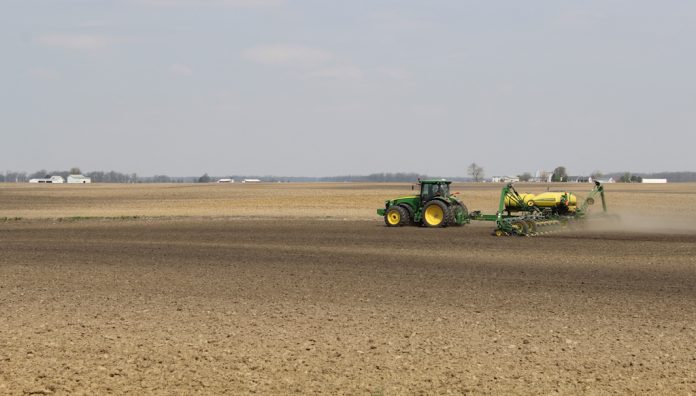This is the time of year that grain markets normally trade the fundamentals. Trading is mostly about spring weather and waiting for the government to predict crucial production facts.
The focus is on predictions of planted acres and the size of the crops that we can project to finish at the end of the growing year.
I am writing this March 30, knowing that March 31 we will get crucial stocks and acreage reports from the U.S. Department of Agriculture. These will be followed by the more definitive prospective planting report also out March 31.
China exports
We have speculated over the last couple of months that the planted acreage of corn and beans was critical this year because we have exported record amounts of each, especially to China.
Last year at this time, the market was almost totally focused on the so-called Phase One trade deal with China and the buoyed effect it would have on markets. In fact, a huge deal was agreed to, but the market tended to take a wait-until-we-see-it approach to pricing.
The question became, “Would the Chinese perform?” They have, with large purchases of soybeans before and after harvest and unheard of quantities of corn, which they don’t normally buy.
The market was still cautious, since the USDA does not like to project export quantities until they are actually shipped. Well, at this point, we have a little more than five months left in the marketing year, and China has already committed to most of the exports expected by USDA. Ten days ago, we were already at 98% of the projected soybean exports, and almost 90% of the corn.
Corn in demand
In the early days of the Phase One trade, grain markets focused on soybeans. It quickly became apparent that the Chinese were also after corn. The reason seemed to be that they had a bigger hunger for corn than anyone realized, and, since their ag statistics are a state secret, they did a good job concealing just how hungry they were.
The magic numbers talked about for grain acres were 91 million acres each for corn and soybeans to be planted this spring. That had seemed impossible, but other crops are likely to be shorted to produce the acres.
Before the reports March 31, traders were speculating that USDA will report 93.2 million acres of corn planting, even more than expected a month or so ago. The trade now expects that soybean planting will be 88 to 90 million acres, with a lot of analysts thinking the high end of that range will happen.
Speculation is that we will plant 319 million acres of spring crops, which is what USDA predicted last year but did not get. They did not get it partly because of huge prevented planting problems, especially in the Dakotas.
The Dakotas have always been a big factor in corn planting, especially, but acreage there has increased steadily for a couple of decades. South Dakota has now passed Ohio for seventh place on the state ranking, and North Dakota is at 13th. Credit economics, early planting technology and better plant genetics.
Early spring
Prices were pulled lower this week for several reasons, but the strongest would be because of early spring weather. Early trading at the beginning of the week was lower, with the thought that traders were a little concerned about the upcoming reports and were trading lower ahead of them.
Farmers in the Western Corn Belt are worried about dry conditions, but this time of year, that can be a good thing for planting progress.
Spring work is happening, even in Ohio. The mood now is that we will plant early, and that could foreshadow a big crop, because of the direct connection between planting date and yield. Of course, we can plant too early and some will.
May and December corn futures were each down a nickel this week. May soybeans were off nearly 16 cents, and the November soybean futures were off 12 3/4 cents.













